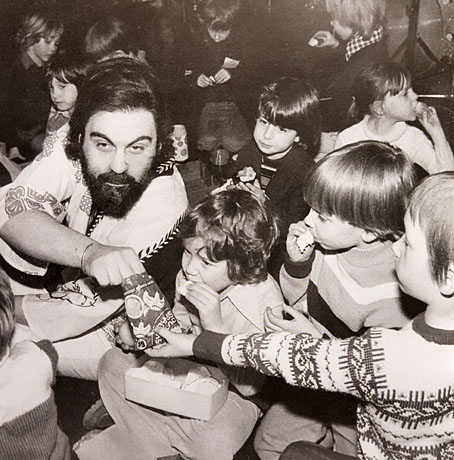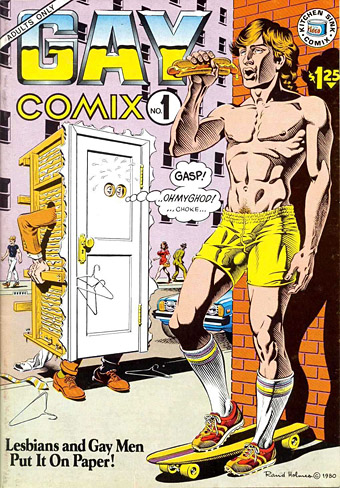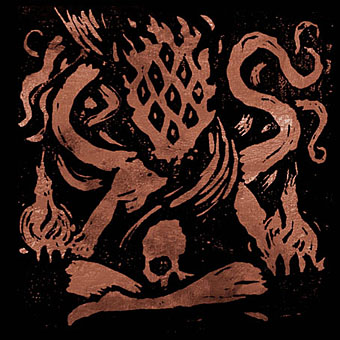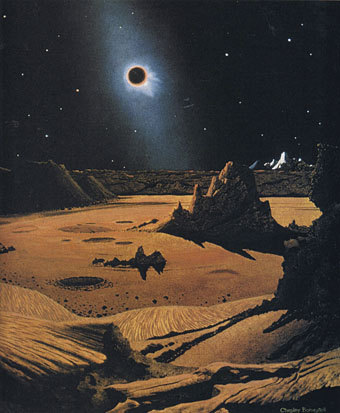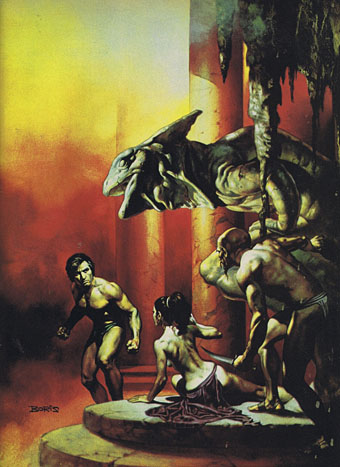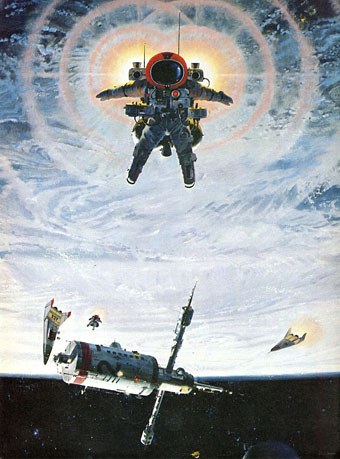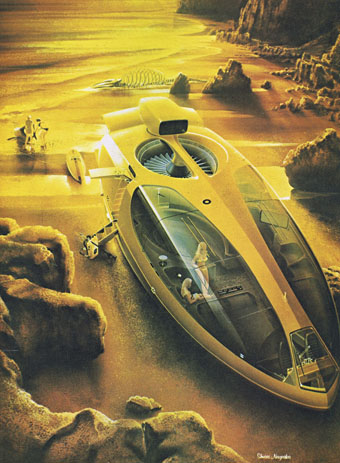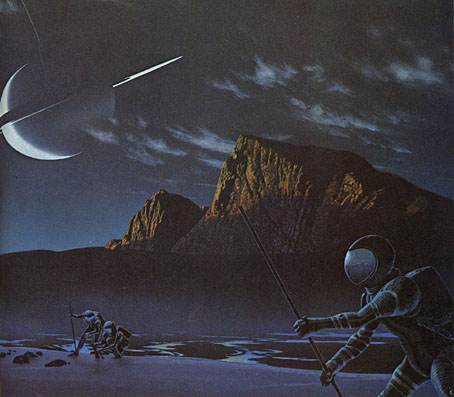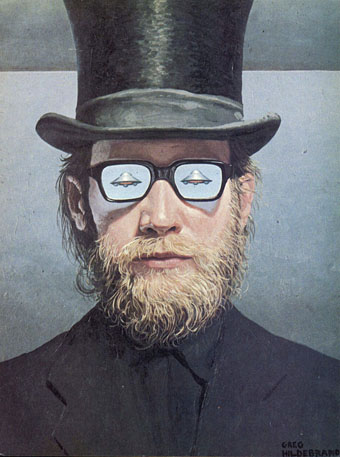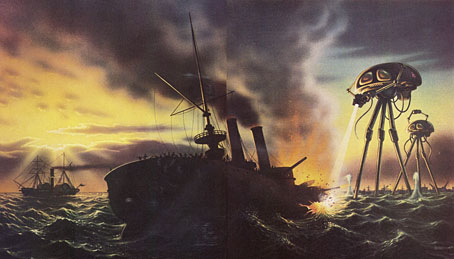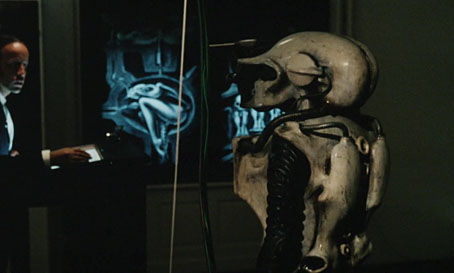
Back to the future, after a fashion. A couple of years ago I was pleased to discover that Swissmade: 2069 (1968) had finally surfaced in full-length form on the internet. Fredi M. Murer’s short feature was the first science-fiction film that HR Giger was involved with, made at a time when Alejandro Jodorowsky was still in Mexico and Ridley Scott was a little-known director of TV ads. Giger designed the mysterious “Humanoid” that wanders around Brutalist interiors interviewing the Swiss citizens of the future, and also appears in front of the camera with his drawings and paintings. There’s no need to repeat myself by writing about the film again, this is mainly an announcement that Rarefilmm has just posted a much better copy (including English subs) than was previously available on YouTube.
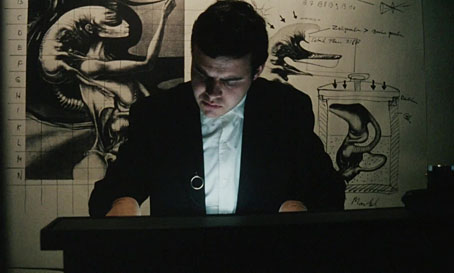
Watching this again I’m reminded of an intention I’ve had for a while of putting together a list of offbeat SF films, a collection of the unusual, the unpredictable, the seldom-seen or the downright weird that offers an alternative to the cultural imperialism of Hollywood. Swissmade: 2069 would be a candidate for such a list even though it only runs for 40 minutes and presents a rather stereotypical view of a future world. Just now I’m a little too preoccupied with design and illustration work to consider such an endeavour, and I’m sure similar lists exist already at Letterboxd or somewhere. But it’s an idea for the future. Our future. Watch this space.
Previously on { feuilleton }
• Art on film: Providence
• Giger’s first alien: Swissmade: 2069
• HR Giger’s Passagen
• Heimkiller and High
• The Man Who Paints Monsters In The Night
• Hans by Sibylle
• Giger’s Tarot
• HR Giger album covers
• Giger’s Necronomicon
• Dan O’Bannon, 1946–2009
• Alejandro Jodorowsky’s Dune
• The monstrous tome


